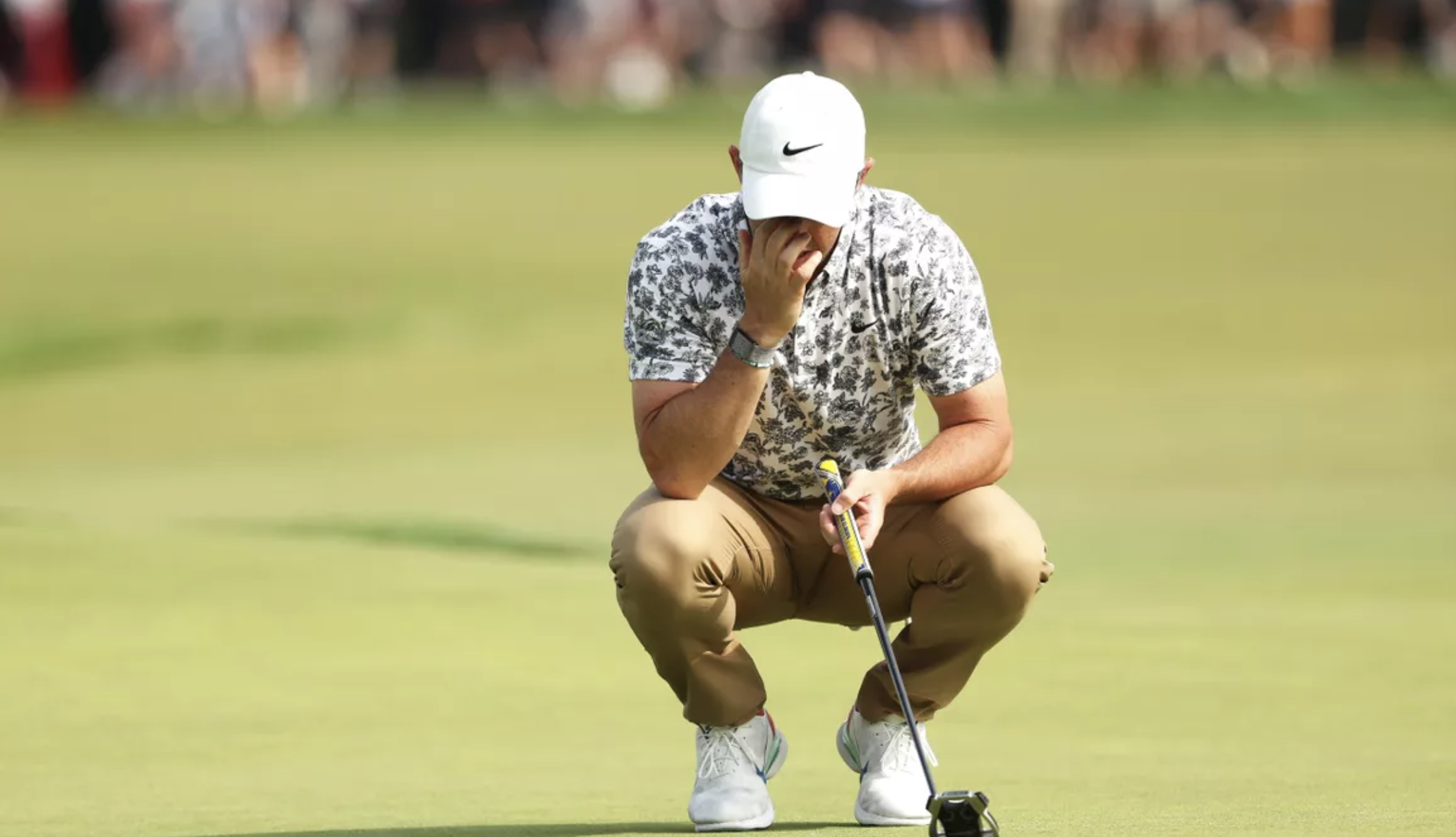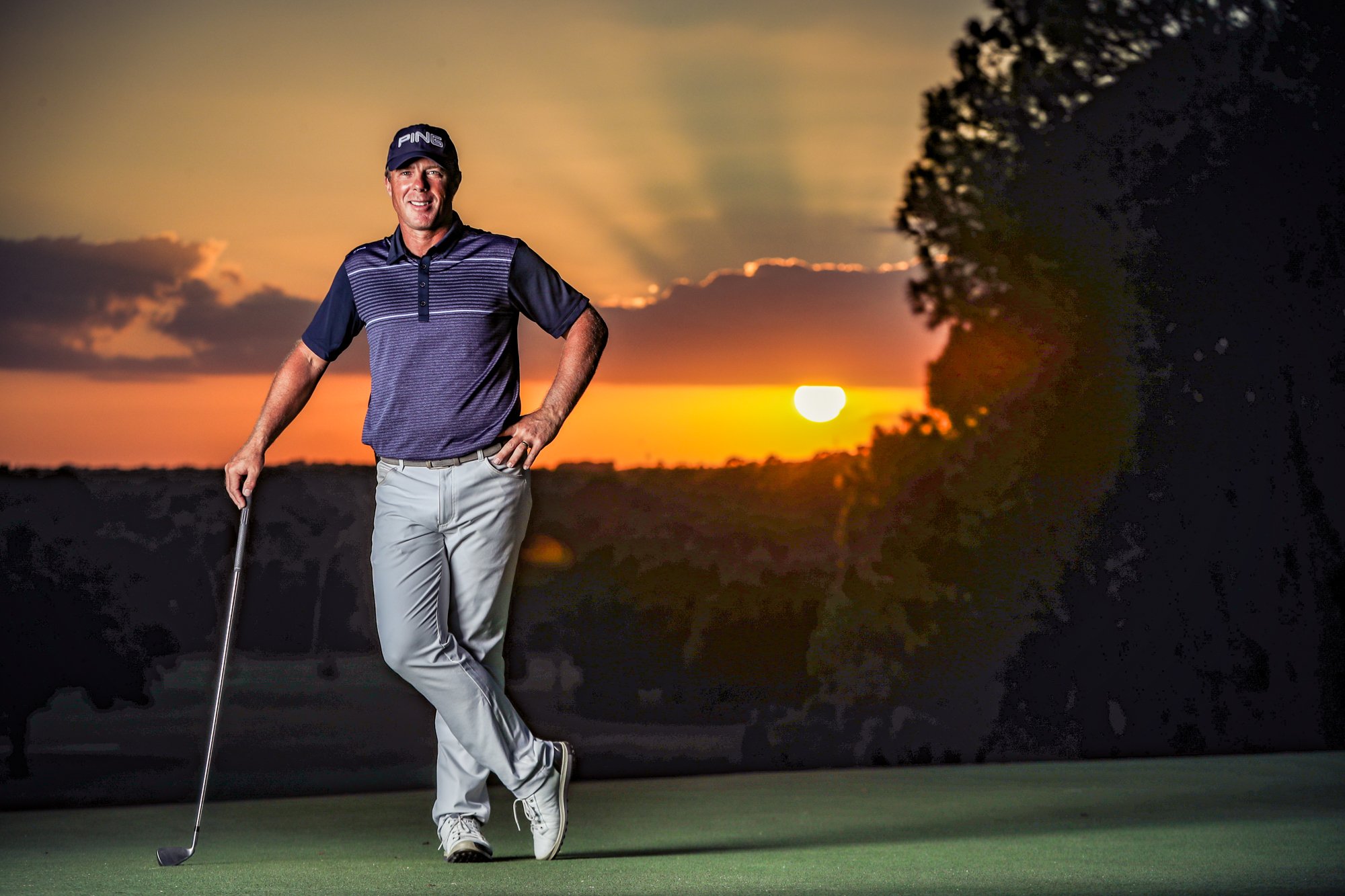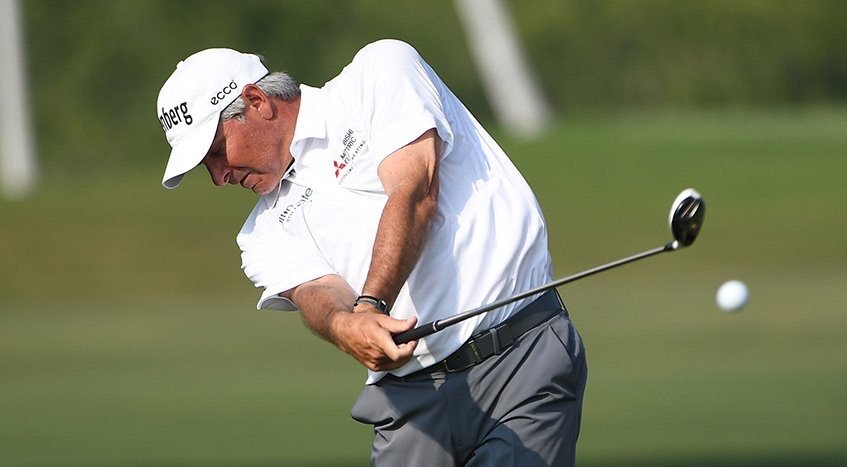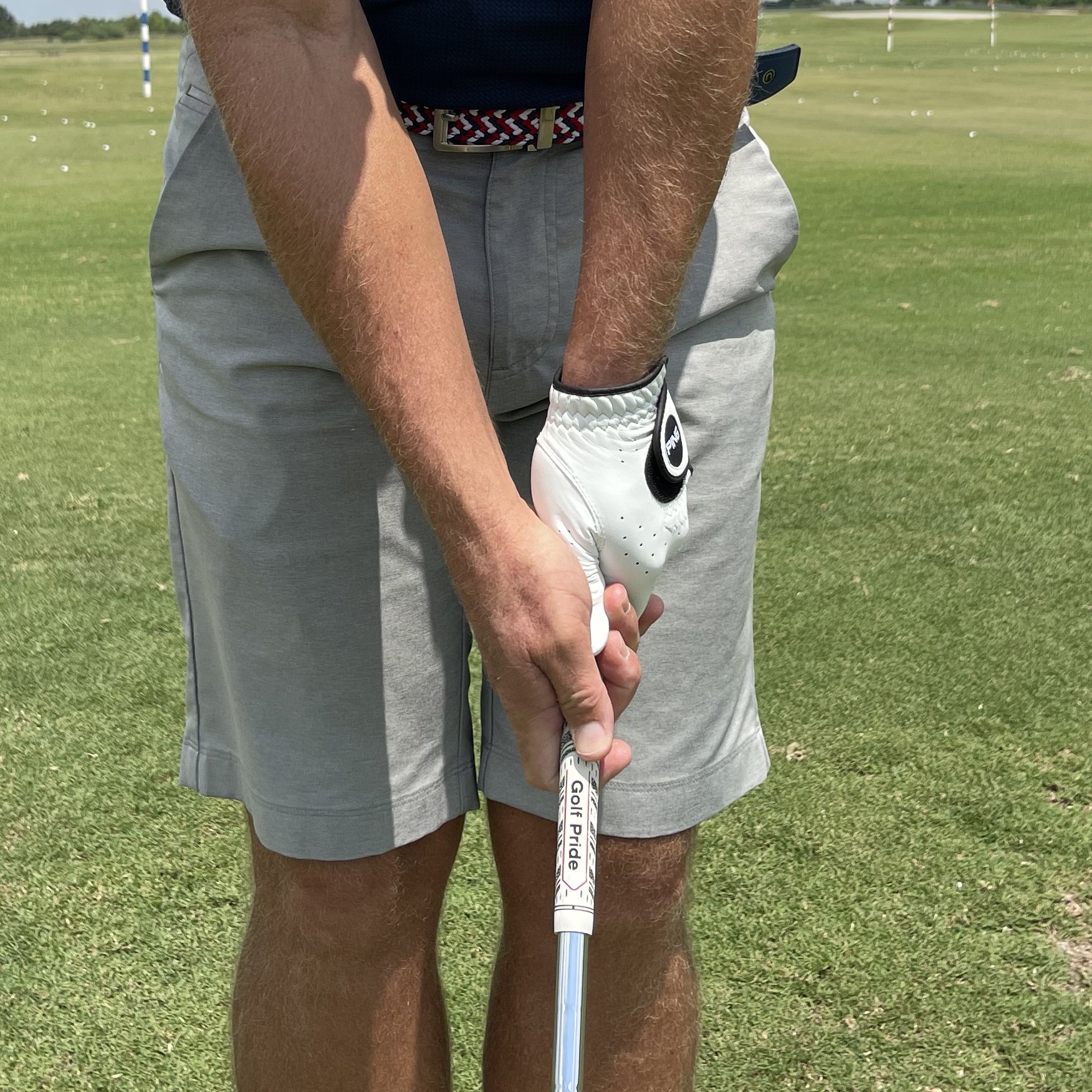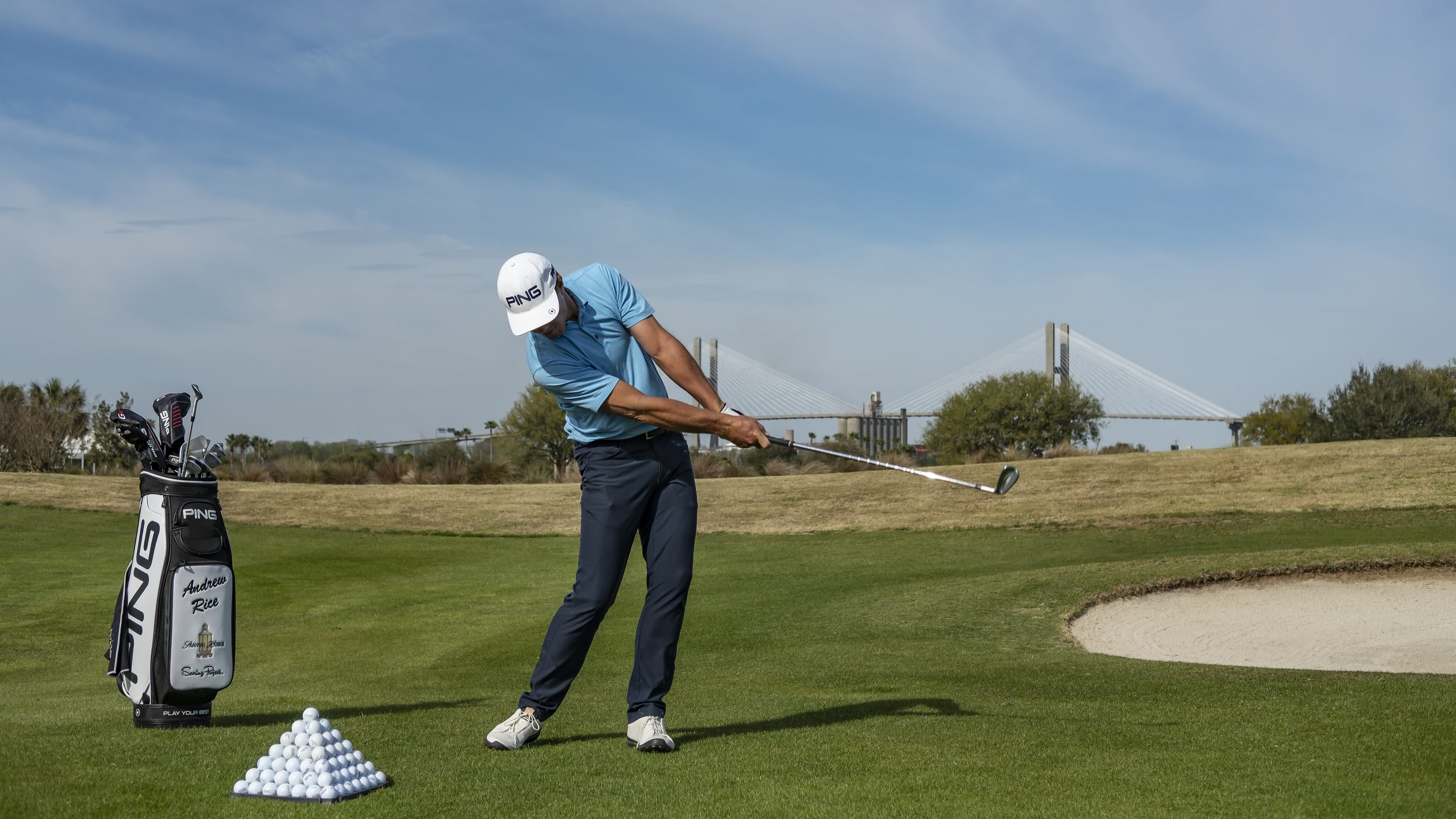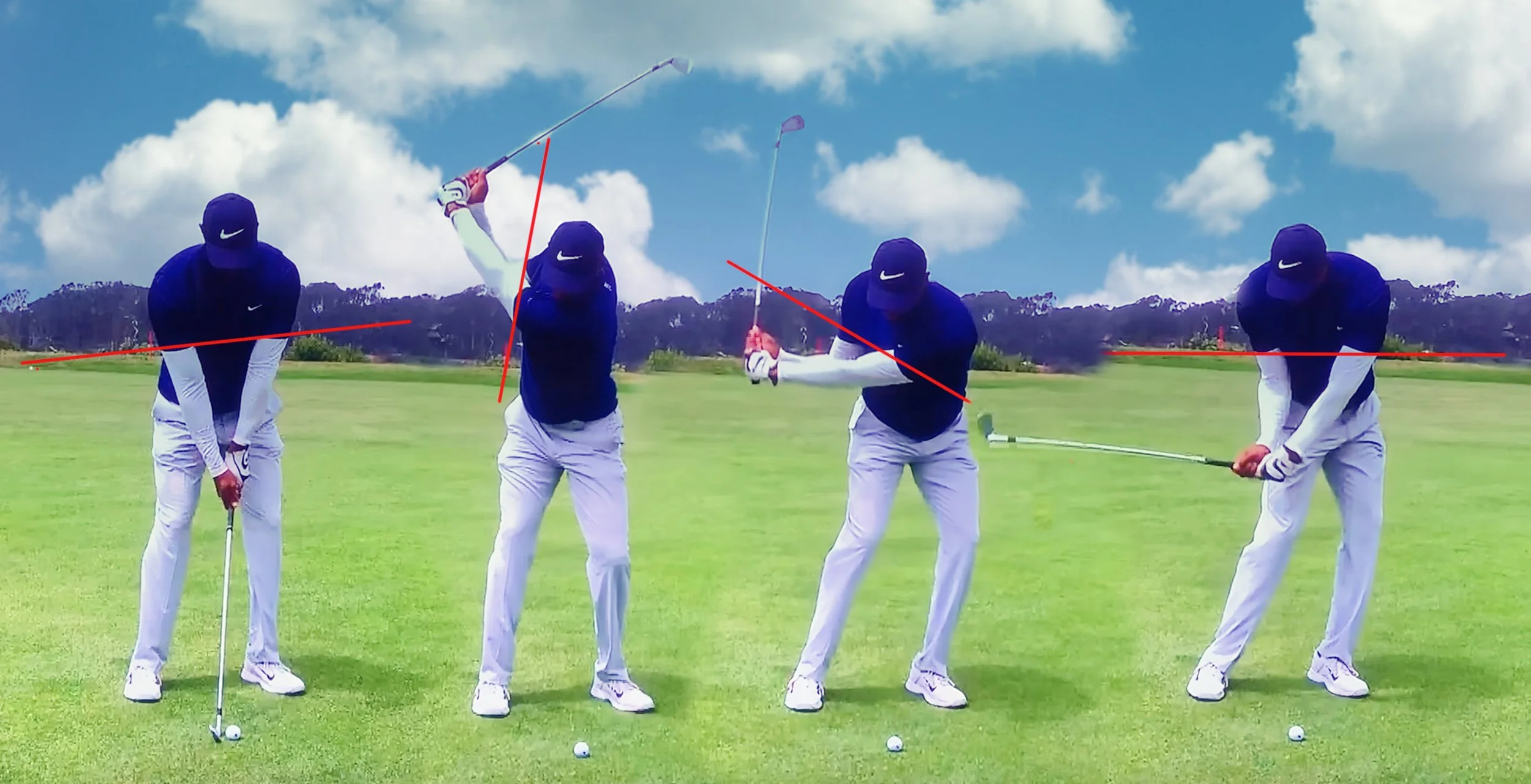Club Face Matters
/In the following video Andrew shares information on the most common fault he sees with the everyday golfer - an open or weak club face and the effect this one element can have on ball flight and striking.
I have no doubt that the club face angle, in particular in the early downswing, is an integral element to playing good golf. All golfers need to get the face in place in the downswing in order to be able to make a quality strike and manage the face angle for accurate outcomes.
When the club face is overly weak/open:
The weight will typically stay back as the pivot stalls
The handle will be too far back at impact, resulting in high and weak shots
Distance and compression will be compromised
The strike will almost always be picky with very little club to ground interaction post impact
Trajectory will be overly high with the prevailing misses being pulls and/or fades
When the club face is overly strong/closed:
The hips will drive forward too far in an attempt to slow down face rotation
The hands will be well forward at impact, resulting in low spinning and low flighted shots
Distance will typically not be a problem
The quality of strike will often be acceptable
Appropriate height will be a challenge, especially with a longer iron and the prevailing miss will be a hot, low ball flight with a tendency towards blocks and hooks
What can you do to improve? Take an honest inventory on which pattern discussed above you typically fall under. Once you have an idea, start working on improving your club face angle in the early downswing. This will most commonly be achieved with improved wrist angles, but know that the grip will also play a role. Create a game plan and set about making some long lasting changes. You can do this!!
Thanks for reading and please shout if you have any questions.





